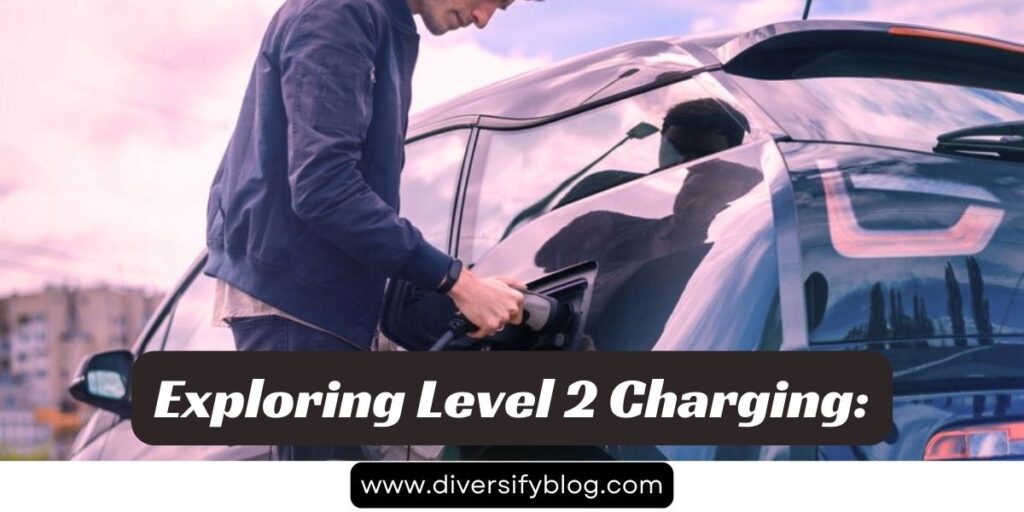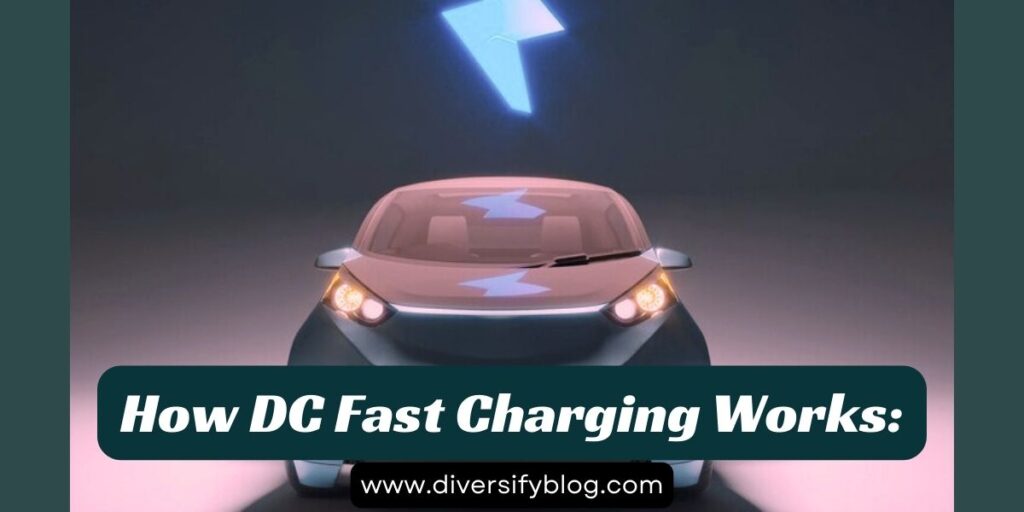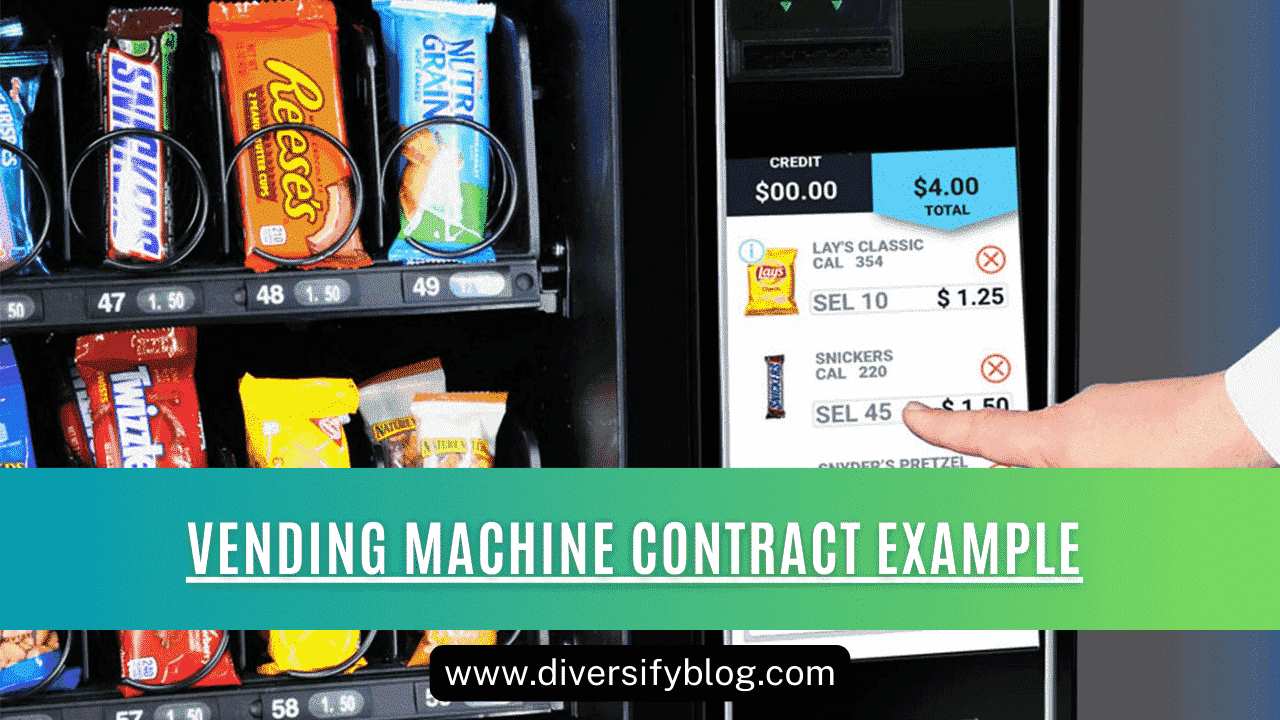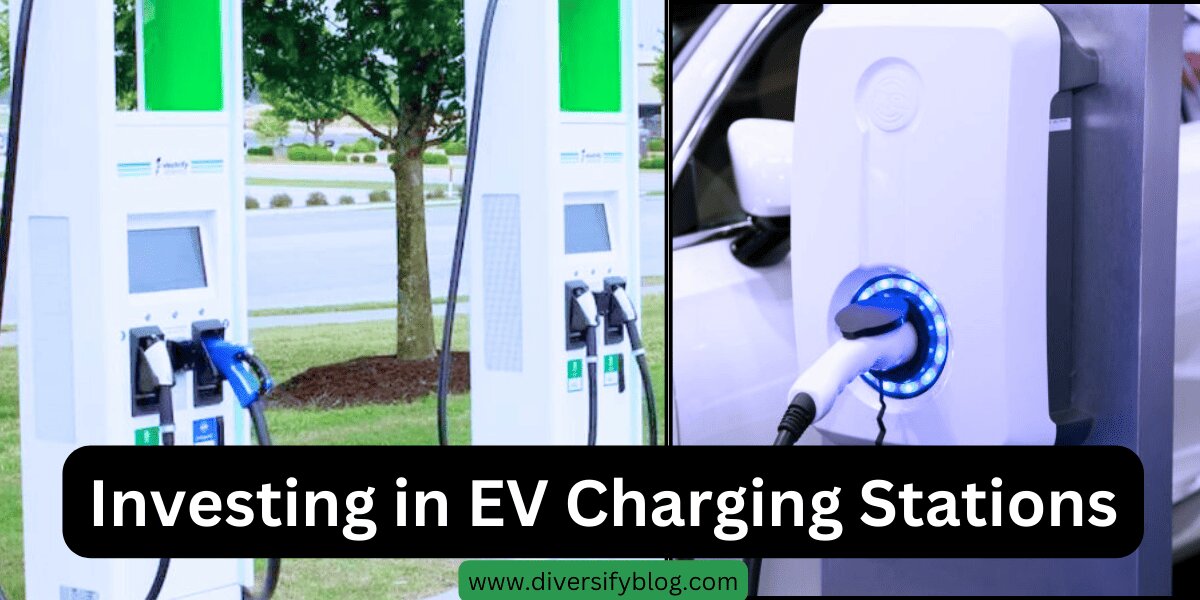1-Introduction to EV Charging Options:
Hey Folks, if you’re exploring electric vehicles, understanding how they charge is key. Today, we’re breaking down the different ways EVs get their juice.
When you charge an EV, you’ll come across a few main types: Level 1, Level 2, and DC fast charging. Each method has its own pros and cons, so let’s simplify It and explore it ”Level 2 vs. DC Fast Charging: Which is Right for Your Electric Vehicle?”
Table of Contents
Level 1 charging is like using your regular 120-volt outlet, the kind you use for phones and TVs. It’s slow but steady, good for charging overnight at home or anywhere with a standard plug.
Level 2 charging steps it up with a 220-volt power source. It’s faster than Level 1, making it great for charging while you’re out or at work. Most public charging stations use Level 2, balancing speed and convenience.
Now, DC fast charging is the speed demon. These stations use high-powered DC to charge your EV from empty to full in less than an hour. Perfect for long trips when you need a quick recharge.
In this post, we’ll compare Level 2 vs DC Fast Charging: Which is Right for Your Electric Vehicle? to help you figure out which option suits you best. Whether you’re new to EVs or an experienced driver, knowing your charging options makes your electric journey smoother and more efficient. Let’s get started!
2-Understanding Level 1 Charging:
Level 1 charging is the most basic method to charge your electric vehicle. It uses a standard 120-volt household outlet, similar to what you use for everyday appliances like phones and TVs. This type of charging is slow but convenient because you can plug in almost anywhere there’s a standard outlet.

For most EVs, Level 1 charging provides a low amount of power, typically around 1.3 kW per hour. To put it in perspective, charging a vehicle like the Chevrolet Bolt EV at this level could take up to 50 hours to fully charge from empty on the fastest setting. This makes Level 1 best suited for overnight charging or for topping up your EV when it’s parked for extended periods.
Although Level 1 charging is slow, it can be practical for daily use if you have a short commute or if your EV has a small battery capacity. It’s also the most accessible form of charging since you can use any standard electrical outlet, making it convenient for home charging without needing to install special equipment.
In summary, Level 1 charging is slow but versatile, making it a reliable option for keeping your EV topped up for everyday driving needs.
3-Advantages and Limitations of Level 1:
Level 1 charging offers simplicity and accessibility for electric vehicle (EV) owners. It uses a standard 120-volt household outlet, which means you can charge your EV almost anywhere there’s a regular plug. This makes it ideal for overnight charging at home or in places where installing specialized charging equipment isn’t feasible.
However, the main limitation of Level 1 charging is its slow speed. It typically provides around 1.3 kW per hour, which translates to long charging times. For example, fully charging an EV like the Chevrolet Bolt EV from empty could take up to 50 hours on Level 1. This makes Level 1 less practical for quick top-ups or for EVs with larger battery capacities that require more frequent and faster charging.
Despite its slow speed, Level 1 charging has advantages for daily use, especially if your EV has a small battery or you have a predictable driving routine that allows for overnight charging. It’s also the most accessible form of charging, requiring only a standard electrical outlet without the need for specialized installation.
4-Exploring Level 2 Charging:
Level 2 charging steps up the game by using a 220-volt power source, significantly faster than Level 1 charging. This type of charging is commonly found at public charging stations and can also be installed at home with the help of a professional electrician.

The main advantage of Level 2 charging is its faster charging speed. It typically ranges from 3.3 kW to 19.2 kW per hour, depending on the charging station and the EV’s onboard charger capabilities. For example, a 2022 Chevrolet Bolt EV can be fully charged in less than 10 hours using a standard 6.6 kW Level 2 charger.
This makes Level 2 charging suitable for longer stops during the day or at home overnight, providing enough power to comfortably recharge most EVs within a reasonable time frame. It’s also more versatile than Level 1, offering faster turnaround times for recharging between trips.In summary, Level 2 charging offers faster and more convenient charging compared to Level 1, making it a preferred choice for EV owners needing quicker recharges without the need for ultra-fast charging speeds.
5-Benefits of Level 2 Charging Stations:
Level 2 charging stations provide 220 volts of power, which significantly speeds up the charging process compared to Level 1. These stations are commonly found in public areas such as shopping centers, workplaces, and public parking lots, as well as being installable at home with professional assistance.
The primary benefit of Level 2 charging stations is their versatility and speed. They typically deliver charging speeds ranging from 3.3 kW to 19.2 kW per hour, depending on the station and EV’s capabilities. For instance, a 2022 Chevrolet Bolt EV can be fully charged in under 10 hours using a standard 6.6 kW Level 2 charger.
This makes Level 2 stations ideal for daily charging routines and longer stops during travel, offering enough power to recharge most EVs in a reasonable timeframe. They provide a good balance between charging speed and convenience, making them suitable for both home and public use.
In conclusion, Level 2 charging stations offer fast and reliable charging options for EV owners, enhancing the convenience of electric vehicle use in everyday life and during travel.
6-DC Fast Charging: What You Need to Know:
DC fast charging is the pinnacle of speed when it comes to charging your electric vehicle (EV). Unlike Level 1 and Level 2 chargers that use AC (alternating current), DC fast chargers supply direct current straight to your EV’s battery, bypassing the vehicle’s onboard charger to achieve rapid charging speeds.
The key advantage of DC fast charging is its speed. These chargers can provide power at rates ranging from 50 kW to 350 kW or more, depending on the charger and EV compatibility. For example, a modern EV like the Chevrolet Bolt EV can be charged from empty to 80% in approximately 30 minutes using a 150 kW DC fast charger.
DC fast charging stations are typically found along highways, at rest stops, and in major urban areas, allowing EV drivers to quickly recharge during long-distance trips or when needing a rapid energy boost.
However, DC fast charging also has limitations. It requires specialized equipment and is more expensive to install compared to Level 1 and Level 2 chargers. Additionally, frequent use of DC fast charging can impact the longevity of an EV’s battery due to the high power and heat generated during charging.
In summary, DC fast charging offers ultra-fast charging speeds, making it ideal for long-distance travel and quick recharges. It’s a game-changer for EV drivers needing rapid energy replenishment, although it’s best used strategically due to its potential impact on battery life.
7-How DC Fast Charging Works:
DC fast charging operates differently from Level 1 and Level 2 charging, focusing on delivering high-power direct current (DC) straight to your electric vehicle’s (EV) battery.

These chargers are designed to provide extremely fast charging speeds, capable of delivering anywhere from 50 kW to 350 kW or more, depending on the charger and EV compatibility. For instance, a modern EV like the Chevrolet Bolt EV can achieve an 80% charge in about 30 minutes using a 150 kW DC fast charger.
DC fast charging stations are strategically located along highways, at rest stops, and in urban areas to support long-distance travel and provide quick energy boosts for EV drivers. They use specialized connectors like CCS (Combined Charging System) or CHAdeMO, which are different from the plugs used for Level 1 and Level 2 charging.
While DC fast charging is convenient for fast recharges, it’s important to note that frequent use may affect battery longevity due to the high power and heat generated during charging sessions. Therefore, it’s advisable to use DC fast charging strategically, complementing slower charging methods like Level 1 and Level 2 for optimal battery health and efficiency.
In conclusion, DC fast charging represents a significant advancement in EV charging technology, offering rapid charging speeds that cater to the needs of modern EV drivers, especially during long trips and time-sensitive recharges.
8-Advantages and Limitations of DC Fast Charging:

DC fast charging offers unparalleled speed when it comes to recharging your electric vehicle (EV). The main advantage of DC fast charging is its ability to charge an EV significantly faster than Level 1 and Level 2 chargers. With charging speeds ranging from 50 kW to 350 kW or more, EVs can regain substantial range in a short amount of time—often enough to continue long-distance travel after just a brief stop.
Another advantage is the convenience of DC fast charging stations, which are strategically located along highways, in urban areas, and at rest stops. This infrastructure supports EV drivers by providing rapid energy replenishment when needed most, enhancing the practicality of electric vehicles for long journeys.
However, DC fast charging has its limitations. It requires specialized infrastructure and equipment, which can be costly to install and maintain. Additionally, frequent use of DC fast charging may impact the longevity of an EV’s battery due to the high power levels and heat generated during rapid charging sessions. Therefore, it’s recommended to balance DC fast charging with slower charging methods to maintain optimal battery health over the long term.
In summary, DC fast charging excels in speed and convenience, making it ideal for long-distance travel and quick recharges. However, careful consideration should be given to its potential impact on battery life and the associated costs of infrastructure installation and maintenance.
9-How DC Fast Charging Works: A Closer Look:
DC fast charging operates on a different principle than Level 1 and Level 2 chargers, focusing on delivering high-power direct current (DC) straight to an electric vehicle’s (EV) battery. This direct supply of energy bypasses the vehicle’s onboard charger, allowing for rapid charging speeds that are essential for long-distance travel and quick refueling stops.
The key components of a DC fast charging station include specialized connectors such as CCS (Combined Charging System) or CHAdeMO, which are designed to handle high-power DC electricity safely and efficiently. These connectors are different from the plugs used for Level 1 and Level 2 charging, reflecting the unique requirements of rapid charging.
DC fast charging stations are typically equipped with chargers capable of delivering anywhere from 50 kW to 350 kW or more. This high power output enables EVs to recharge quickly, with modern models like the Chevrolet Bolt EV achieving an 80% charge in approximately 30 minutes using a 150 kW DC fast charger.
While DC fast charging offers significant benefits in terms of speed and convenience, it’s important to consider its impact on battery health. The intense power and heat generated during rapid charging sessions can affect battery longevity over time, potentially reducing overall performance and efficiency. Therefore, EV owners are advised to use DC fast charging strategically, supplementing it with slower charging methods like Level 1 and Level 2 to maintain optimal battery health and prolong lifespan.
In conclusion, DC fast charging represents a technological advancement that supports the practicality and usability of electric vehicles, particularly for drivers requiring rapid energy replenishment during long trips and time-sensitive recharges.
10-Comparing Level 2 vs DC Fast Charging: Which is Right for Your Electric Vehicle?
When deciding between Level 2 and DC fast charging for your electric vehicle (EV), it’s crucial to consider your charging needs and driving habits.
Level 2 charging provides a balance between charging speed and convenience. It operates at 220 volts and can deliver charging speeds ranging from 3.3 kW to 19.2 kW per hour. This makes it ideal for daily use and longer stops, such as during work hours or overnight at home. For instance, a 2022 Chevrolet Bolt EV can be fully charged in under 10 hours using a standard 6.6 kW Level 2 charger.
On the other hand, DC fast charging offers rapid charging speeds that are crucial for long-distance travel and quick recharges. These chargers can provide power from 50 kW to 350 kW or more, allowing EVs like the Chevrolet Bolt EV to reach 80% charge in approximately 30 minutes with a 150 kW DC fast charger.
However, DC fast charging requires specialized infrastructure and can be more expensive to install and maintain compared to Level 2 charging. It also generates more heat, which can impact battery longevity if used frequently. Therefore, it’s essential to use DC fast charging strategically, complementing it with Level 2 charging for optimal battery health.
In conclusion, the choice between Level 2 and DC fast charging depends on your specific needs and driving patterns. Level 2 charging is great for daily use and overnight charging, while DC fast charging is best for long-distance trips and quick energy boosts. By understanding these options, you can determine which charging method suits your EV lifestyle best.
11-Advantages and Limitations of Level 1 Charging:
Level 1 charging offers a straightforward and accessible way to charge your electric vehicle (EV) using a standard 120-volt household outlet. This method is convenient because it utilizes widely available infrastructure, allowing you to charge your EV wherever there’s a standard electrical outlet.
The advantage of Level 1 charging lies in its simplicity and accessibility. You can use any standard household outlet, making it easy to charge your EV at home, work, or even while traveling. For instance, a 2022 Chevrolet Bolt EV can be fully charged overnight using a Level 1 charger, typically providing around 3-5 miles of range per hour.
However, Level 1 charging is slow compared to Level 2 and DC fast charging options. It typically delivers less than 2 kW per hour, which means it can take up to 20 hours or more to fully charge an EV from empty to full. This makes Level 1 charging more suitable for overnight charging or topping up rather than quick recharges during long trips.
Another limitation of Level 1 charging is its limited power output, which may not be sufficient for high-capacity EVs or those with larger battery packs. For long-range EVs, Level 1 charging may not provide enough range replenishment within a reasonable time frame.
In summary, Level 1 charging offers convenience and accessibility but at the expense of charging speed. It’s ideal for overnight charging and topping up your EV’s battery, especially if you have access to a standard household outlet. However, for faster charging and long-distance travel, Level 2 or DC fast charging options may be more suitable depending on your EV’s battery capacity and driving needs.
12-Charging Exploring Level 2 Charging:
When it comes to Level 2 charging, electric vehicle (EV) owners benefit from a significant step up in charging speed compared to Level 1 options. Level 2 chargers operate at 220 volts, typically using a dedicated charging station that can be installed at home or found in public locations.
The advantage of Level 2 charging lies in its faster charging speeds and increased convenience over Level 1. These chargers can deliver 3.3 kW to 19.2 kW per hour, allowing EVs to recharge more quickly, making them suitable for daily use and longer stops. For instance, a 2022 Chevrolet Bolt EV can fully charge in under 10 hours using a 6.6 kW Level 2 charger.
Another benefit is the availability of Level 2 charging stations in various public locations, such as shopping centers, workplaces, and along highways. This infrastructure supports EV adoption by providing reliable and faster charging options outside of the home.
However, the installation cost of a Level 2 charger and the need for access to 220-volt power may be barriers for some EV owners. Additionally, while Level 2 charging is faster than Level 1, it still takes longer than DC fast charging options for quick energy replenishment during long-distance travel.
In conclusion, Level 2 charging strikes a balance between charging speed and convenience, making it ideal for daily charging routines and extended stops. With faster recharge times compared to Level 1, Level 2 chargers support EV usability and are essential for EV owners looking to maximize their vehicle’s daily driving range without relying solely on slow overnight charging.
Conclusion:
understanding the differences between Level 2 and DC fast charging is essential for electric vehicle (EV) owners to make informed decisions about their charging needs. Level 2 charging provides a reliable and relatively fast option, operating at 220 volts and delivering between 3.3 kW to 19.2 kW per hour. This makes it suitable for daily use, allowing EVs like the 2022 Chevrolet Bolt EV to recharge fully in under 10 hours with a 6.6 kW charger. The convenience of Level 2 chargers, available in public locations and compatible with most EV models, supports everyday driving and longer stops where quick recharging is necessary but not urgent.
On the other hand, DC fast charging offers unparalleled speed, capable of delivering up to 350 kW or more, significantly reducing charging times to approximately 30 minutes for an 80% charge in compatible EVs. This makes DC fast charging ideal for long-distance travel and quick energy boosts, leveraging specialized infrastructure like Tesla’s Supercharger network or CCS/CHAdeMO stations. However, DC fast charging requires higher installation and operational costs, and frequent use may impact battery longevity due to increased heat generation.
Ultimately, the choice between Level 2 and DC fast charging depends on individual driving habits, travel needs, and access to charging infrastructure. For daily commutes and regular stops, Level 2 charging provides a practical solution with manageable costs and broader availability. Meanwhile, DC fast charging shines in scenarios requiring rapid replenishment, making it indispensable for EV drivers embarking on extended journeys or needing swift recharges on the road. By balancing these charging methods strategically, EV owners can optimize their vehicle’s performance and maximize their driving experience with confidence in their charging choices.
People Also Asked: Question & Answer
How fast can a Level 2 EV charge?
A Level 2 EV charger typically delivers charging speeds ranging from 3.3 kW to 19.2 kW per hour, depending on the specific charger and the EV’s onboard capabilities. This allows for significantly faster charging compared to Level 1 chargers.
What are EV charging levels?
EV charging levels categorize the different charging speeds and capabilities of electric vehicle chargers. As of now, there are three primary levels: Level 1, Level 2, and Level 3 (DC fast charging). Each level corresponds to different voltage and charging speed capabilities.
What is a Level 2 EV charger?
A Level 2 EV charger operates at 240 volts (in North America) and typically uses a dedicated charging station. It provides faster charging compared to Level 1 chargers, making it suitable for home use and public locations where longer stops are expected.
Is Level 1 EV charging better than Level 2?
Level 2 EV charging is generally considered better than Level 1 for several reasons. Level 2 chargers provide faster charging speeds, ranging from 3.3 kW to 19.2 kW, compared to Level 1 chargers, which operate at 120 volts and charge at slower rates (typically less than 2 kW). This makes Level 2 more practical for daily use and quicker recharges.
How fast is a Level 2 car charger?
A Level 2 car charger can deliver charging speeds ranging from 3.3 kW to 19.2 kW per hour. The actual charging speed depends on the specific charger’s power output and the EV’s onboard charging capabilities.
What is the difference between Level 1 and Level 3 charging?
The main difference between Level 1 and Level 3 (DC fast charging) is in charging speed and infrastructure. Level 1 charging uses a standard 120-volt household outlet and is relatively slow, while Level 3 (DC fast charging) uses specialized infrastructure and can deliver charging speeds from 50 kW to 350 kW or more. DC fast charging is significantly faster and is primarily used for long-distance travel and quick recharges.



















